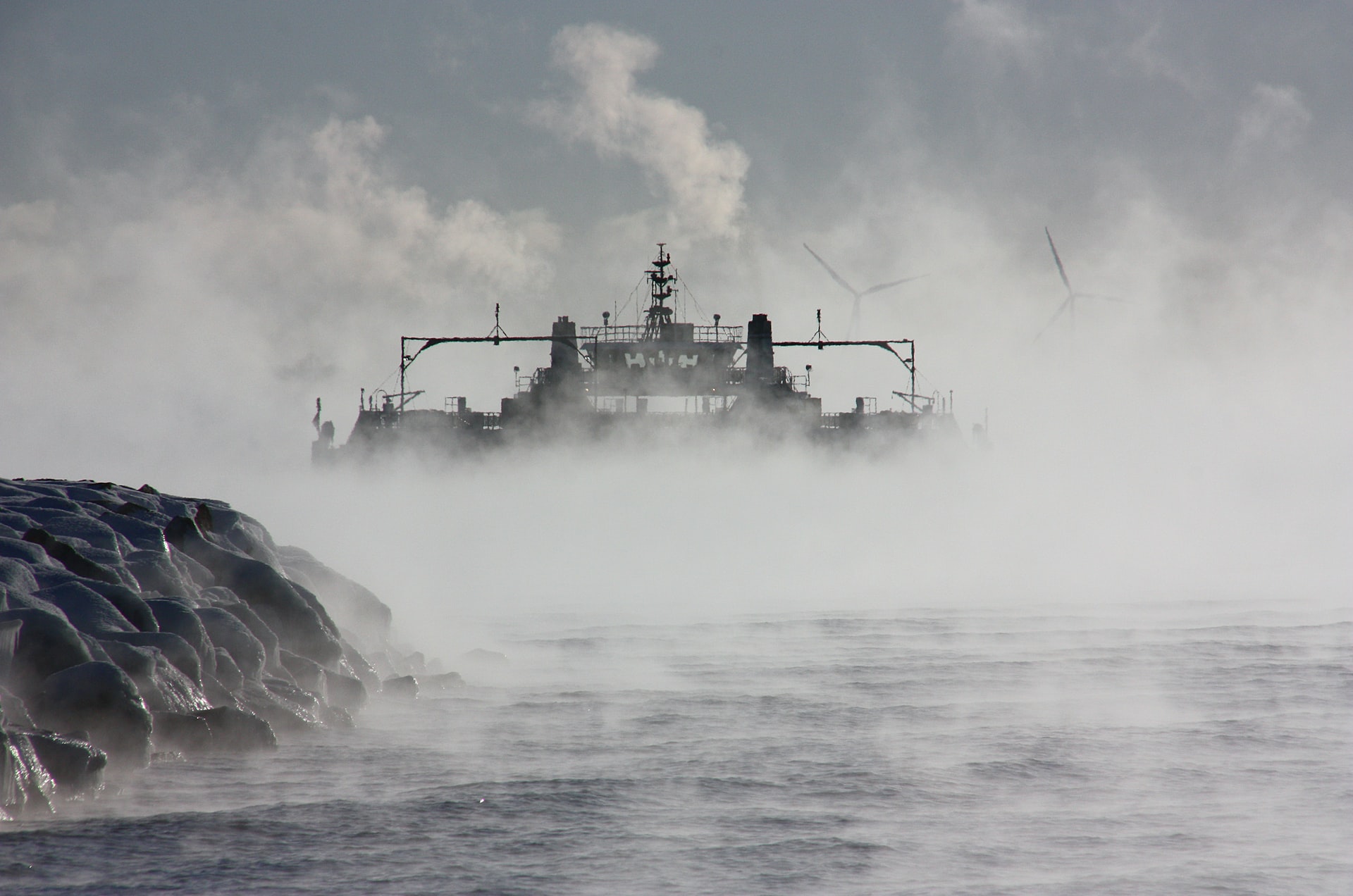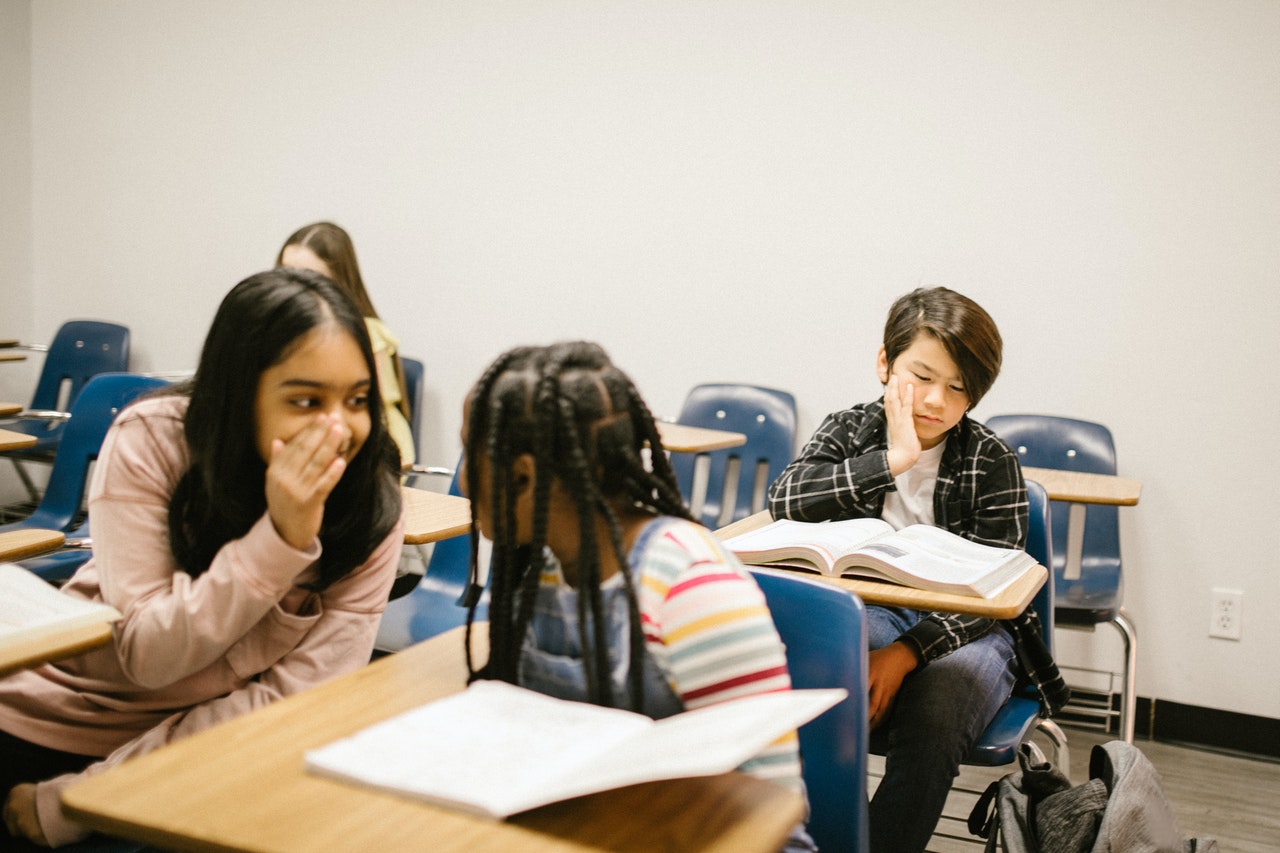Reading Time: 2 minutes
- When you eat a meal, carbohydrates get broken down into glucose; as the brain senses glucose, it sends a signal to pancreas to release insulin.
- Insulin is like an access card, without which the glucose can’t enter the cells to provide them energy; so it gets attached to each glucose unit and opens the cells’ doors to allow its entry into the cells.
- Whatever glucose is not utilised by the intended cells, liver converts that into fat as it can’t let sugar remain in blood (otherwise everyone will be diabetic).
- This fat is stored in fat tissues under your skin (that describes the plumpness in body when we gain weight), in liver and on top of kidneys.
- This whole process takes about 4-5 hours; so once you have eaten, your body remains in fed state for this period.
- In regular circumstances, by this time you are ready to eat your next meal, so your body doesn’t get time to burn the fat it had accumulated in the last meal; on top of it, you add another serving of fat, in form of unabsorbed glucose.
- If you don’t eat after the fed state, the body begins to draw energy by burning accumulated fat; this results in weight reduction.
- Intermittent fasting is when you schedule your meals so your system has enough time to burn fat.
- The most common eating patterns are 16:8 i.e. 16-hour window of fasting and 8-hour window of eating; e.g. you eat between 8 am to 4 pm and not eat the rest of the time.
- Or it could be 14:10 (8am to 6 pm); 13:11 has also been found to produce results but 12:12 doesn’t have any impact.
- Other types include ‘Alternate day’ fasting, where you eat normally for 24 hours and then not eat for the next 24 hours.
- And ‘Periodic Day’ fasting where you consume 25% of required daily calories for 2 days and normal calories for remaining 5 days; so 500-600 calories per day for 2 days and around 2000 calories per day for 5 days.
- Unlike other popular diets, intermittent fasting doesn’t specify which foods you eat but when you eat, as long as you don’t overeat in eating window.
- The benefits have been found to be weight loss, improved heart health, improved autophagy (ability of body to repair damaged cells) and simplified lifestyle.
- It is not recommended for children and teenagers or for people with eating disorders.
Image courtesy of Bongkarn Thanyakij through Pexels
























